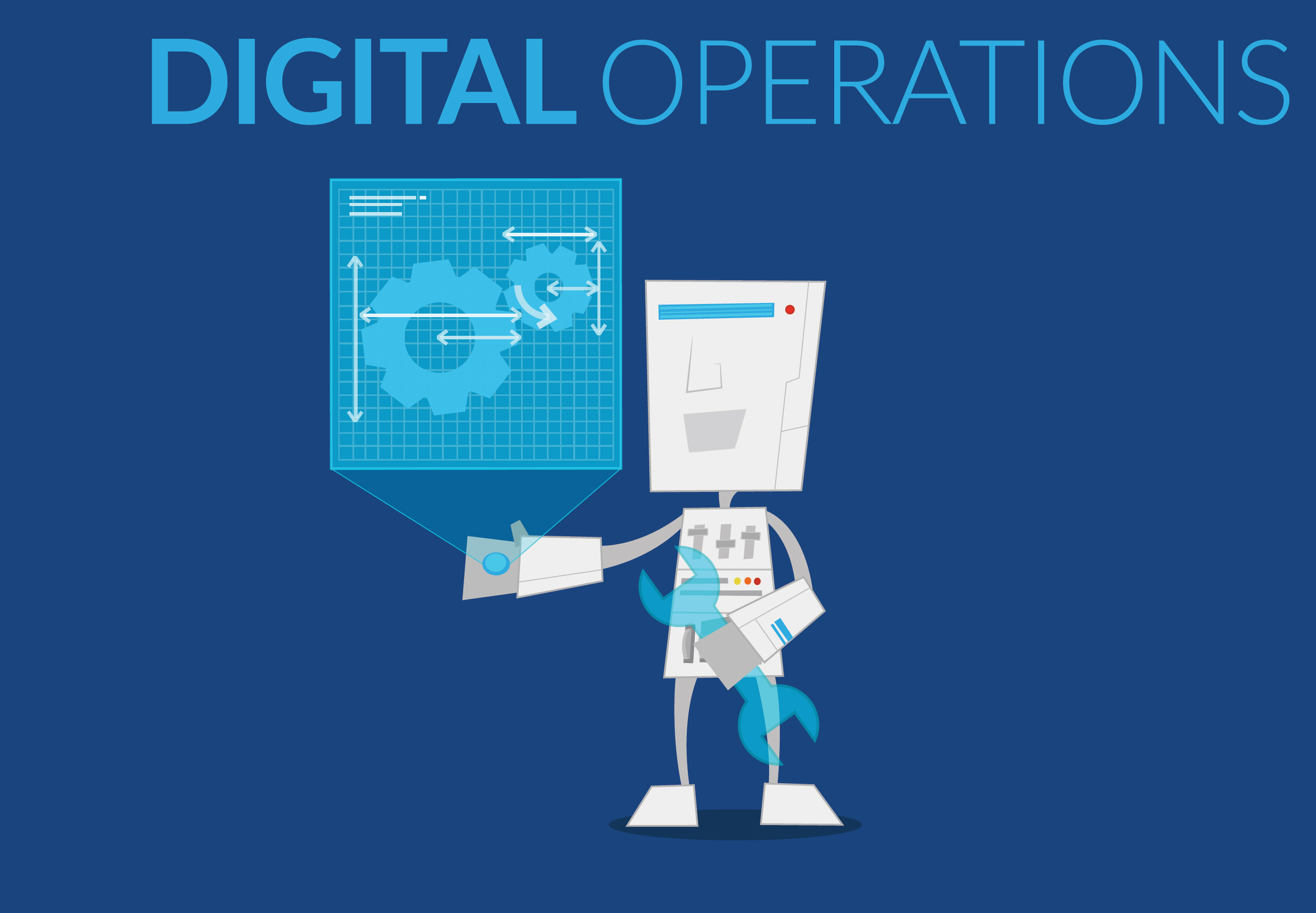Digital Operations is the enterprise's secret weapon against startups

In recent years, enterprises have encountered a new threat that is forcing them to rethink everything they thought they knew about business and technology: startups. These fledgling companies are not your father’s legacy enterprise. They are a new breed of business that thrives on being unbeatably fast, agile and flexible. And every mid-to-large sized company who cannot opt to just snap them up with an acquisition is at risk of losing significant market-share to these new kids on the block. And this concern is pervasive -- a recent report by Dell found that 78 percent of business leaders are threatened by startups, with half fearful that they will be rendered obsolete in just a few years.
So, what can business leaders do to ensure they have a foothold in the future? In short, learn from your competitors and modernize your IT by prioritizing strategic Digital Operations. While it's not as sexy as the headline grabbing trends like AI, it will have an immediate impact on your bottom line rather than questioning when you will see your ROI.
Digital Operations is a modern style of operations that looks beyond traditional IT, taking inspiration from the consumer tech everyone knows and loves to improve business efficiency holistically. By equipping employees with tech that is intuitive, simplistic and agile, while automating manual processes that are repetitive and error-prone, businesses can transform their tech stack to better compete in today’s digital economy, all the while improving staff’s productivity and satisfaction at work.
Here are 3 Digital Operations strategies enterprises can adopt to stay competitive.
- Rip a page from the Amazon playbook
Simplify your back office processes to enable quicker reactions and a higher volume of work without sacrificing quality. Amazon perfected this approach, turning the retail industry on its head along the way. The tech behemoth’s unrivaled speed can be attributed to automation throughout its ecommerce platform and supply chain.
The back office, including departments like human resources, logistics and finance could be a major bottleneck hiding in plain sight. It is important for enterprise leaders looking to modernize to start at the back and figure out where technology can fit in to automate the repetitive and error-prone work that slows down broader business goals.
For instance, highly-skilled finance professionals are often mired in spreadsheets, reconciling data and initiating tasks manually. Reporting activities like the financial close are ripe for automation, and can be automated quite easily with the right technology given the need for standardization. By handing over the repetitive and menial parts of reporting, these reports can be completed more quickly and frequently. This not only frees up finance staff from tedious work, but it gives them time back to do what they were trained for: adding value by analyzing financial data to advise the broader business.
- Consumerize the enterprise
Perhaps 30 years ago only IT had to worry about managing their organization’s technology solutions (remember the mainframe?), but today, everyone shares this responsibility as all facets of business are digital. Unfortunately, enterprise software doesn’t reflect this shift, and has earned a reputation for being difficult to use, and much too complex for the average business user. Because of this, many software programs are reserved for IT to handle, requiring special training for anyone else who wants to implement them.
At the same time, intuitive software is everywhere -- in our phones, on credit card processors and even our wristwatches. While it is tailored for everyday users, it is still as powerful as the technology we find in the workplace. The difference is, consumers don’t have to think twice about operating their tech-enabled devices, as they are designed to be instinctive. This is a big part of what separates enterprise technology from that of startups. Startups know that business software no longer has to be as specialized or complicated as it is -- the interface can and should be simplistic to empower all users to benefit from it.
- Automate everything -- except customer service
Let’s face it, customer service chatbots are the worst. Whether you’re a startup or a legacy company, your customers want to talk to another human when they have a question or encounter an issue. While it may seem fiscally rational to lower headcount and add bots to the help desk, freeing up funds to increase manpower in other areas, this strategy runs the risk of turning customers off and tarnishing the brand.
Flip the script by deploying bots in every area of the business that is not customer-facing to take on the manual, repetitive tasks that bog so many workers down every day. Activities like updating sales data in spreadsheets, compiling HR paperwork or reconciling financial forms, not only take up a ton of time, but are error-prone and overall better suited for machines to handle. These are also the activities that employees are the least motivated to complete.
People thrive on human interaction and tactical activities driven by analysis. By automating the boring, robotic parts of their jobs, staff can dedicate more time to the strategic activities that will truly move the needle for the broader business -- collaborative, creative and customer-focused work.
A final word
It is no secret that tech innovation is key to maintaining a competitive edge in the wider market. While businesses have encountered this adage time and time again, it does not change the fact that it is extremely challenging for established enterprises to overhaul their IT stack and start fresh in the digital world, as startups are built to do from the get-go. To be successful, it is important for enterprises to pick battles carefully and focus on the strategies that underpin the success garnered by their fledgling counterparts. With Digital Operations, IT transformation can be unfussy and manageable. By borrowing a few tactics from the competition, established businesses can modernize their tech strategy while freeing up resources and promoting staff productivity to foster growth.
Photo Credit: exuberantpainter/Shutterstock
 As President of Redwood Software, Dennis Walsh is responsible for North America, LATAM and South America as well as Asia Pacific operations. With more than 20 years of experience in the software and computer services industries, he has previously held executive and management positions at SiteLite Corporation, IBM, Ross Systems, Inc. and Automatic Data Processing, Inc. (ADP). Walsh combines his business background and years in the software and services industry with a deep understanding of automation. While at Redwood, he has successfully solved some of the industry’s most challenging IT and business automation issues.
As President of Redwood Software, Dennis Walsh is responsible for North America, LATAM and South America as well as Asia Pacific operations. With more than 20 years of experience in the software and computer services industries, he has previously held executive and management positions at SiteLite Corporation, IBM, Ross Systems, Inc. and Automatic Data Processing, Inc. (ADP). Walsh combines his business background and years in the software and services industry with a deep understanding of automation. While at Redwood, he has successfully solved some of the industry’s most challenging IT and business automation issues.
